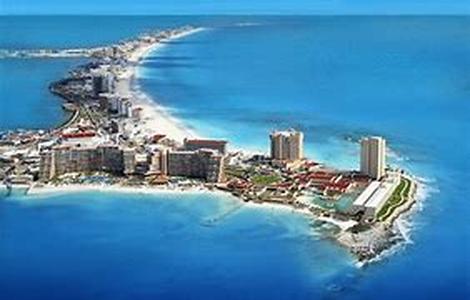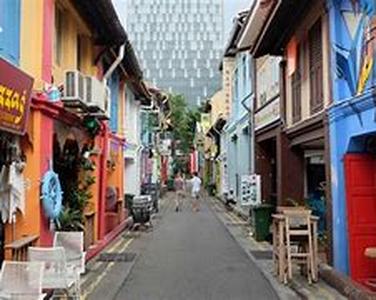
Kwanzaa Is An African Heritage Holiday Which Was Created By Dr. Maulana Karenga In 1966. Kwanzaa Is Celebrated Through Singing, Speaking, Dancing, And Reciting Just As Is Done In Traditional African Heritage Celebrations On The Continent Of Africa. Kwanzaa Is Build On Seven Principles Which Are Collectively Known As Nguzo Saba. These Seven Principles Are:1. Umoja - Unity 2. Kujichagulia - Self-determination 3. Ujima - Collective Work And Responsibility 4. Ujamaa - Cooperative Economics 5. Nia - Purpose 6. Kuumba - Creativity 7. Mani - FaithDr. Karenga Developed Kwanzaa From Elements Of Various African Heritages. The African Version Of The Kwanzaa Ceremony Was Used To Show Appreciation For The First Fruits Of Harvest. The African Kwanzaa Was Made Up Of Four Basic Elements Which Were; Unity, Awareness Of Ancestry And Heritage, Recommitment To Traditional Values, And Reverence For Creator And The Creation.The Modern Celebration Of Kwanzaa Lasts For Seven Days, Beginning On December 26th And Ending On January 1st Of Each Year. Each Of The Seven Days Of The Celebration Is Dedicated To The Seven Principles Listed Above. Each Day Has A Colored Candle Which Represents It. They Are All Held In A Candelabrum Known As The Kinara. The Seven Days And Their Associated Candles And Principles Are:Day 1 - Middle Candle - Black - Umoja - UnityDay 2 - Innermost Red Candle - Kujichagulia - Self-determinationDay 3 - Innermost Green Candle - Ujima - Collective Work And ResponsibilityDay 4 - Middle Red Candle - Ujamaa - Cooperative EconomicsDay 5 - Middle Green Candle - Nia - PurposeDay 6 - Outermost Red Candle - Kuumba - CreativityDay 7 - Outermost Green Candle - Imani FaithThe Candelabra Is Placed On A Straw Mat Known As The Mkeka. Next To It Are Placed Ears Of Corn, Called Vibunzi With One Ear Of Corn To Represent Each Child In The Household. Also Placed On The Straw Mat Is A Fruit Basket Called Mazao, And A Unity Cup Called The Kikonbe Cha Umoja. On The Evening Of The Last Day Of The Kwanzaa Celebration, A Feast Called Karamu Is Held. The Evening Generally Starts With A Welcome Message, Followed By A Rememberance Of Ancestry, A Seassessment Of Situations, A Recommitment To Values, A Rejoicing, A Farewell Statement And A Call For Greater Unity Among All People. Finally, The Last Day Of Kwanzaa, Imani, The Focus Is Shifted To Honoring Traditions And Reaffirmation Of Self Throug Gift Giving To Others. Kwanzaa Gifts Tend To Be Hand-made Rather Than Store Bought, And Should Reflect Creativity Because It Is One Of The Seven Principles Of Kwanzaa. It Is Very Important To Understand That The Purpose Of Kwanzaa Is Not About Giving Gifts Or A Religious Celebration. Kwanzaa Is Simply A Commermoration Of African Heritage And A Celebration Of Togetherness. Kwanzaa Is A Time For Families And Friends To Come Together And Celebrate. In Addition, The Guiding Principles Of Kwanzaa Are Meant To Bring Our More Solidary Society Back Together As A Group. Kwanzaa Aims To Bring People Together And Reunify Families And Friends In A Way That No Other African Tradition Can Here In The United States And Elsewhere In The World. PPPPPWord Count 554





